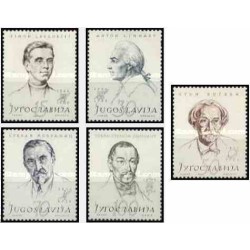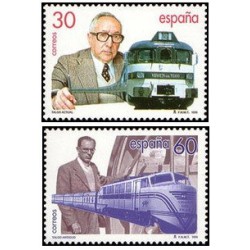- جدید
- ناموجود



توجه : درج کد پستی و شماره تلفن همراه و ثابت جهت ارسال مرسوله الزامیست .
توجه:حداقل ارزش بسته سفارش شده بدون هزینه پستی می بایست 180000 ریال باشد .
توجه : جهت برخورداری از مزایای در نظر گرفته شده برای مشتریان لطفا ثبت نام نمائید.
|
|
This article needs additional citations for verification. Please help improve this article by adding citations to reliable sources. Unsourced material may be challenged and removed. (December 2012) (Learn how and when to remove this template message) |
| Sergei Korolev | |
|---|---|
 |
|
| Born | Sergey Pavlovich Korolev Сергей Павлович Королёв 12 January [O.S. 30 December 1906] 1907 Zhytomyr, Volhynian Governorate Russian Empire |
| Died | 14 January 1966 (aged 59) Kremlin, Moscow, Russian SFSR, Soviet Union |
| Cause of death | Cancer, Tumor |
| Occupation | Rocket engineer, Chief Designer of the Soviet space program |
| Spouse(s) | Ksenia Vincentini Nina Ivanovna Kotenkova[1] |
| Children | Natalya |
| Military career | |
| Allegiance | |
| Service/branch | |
| Years of service | 1945–52 |
| Rank | |
Sergei Pavlovich Korolev (Russian: Серге́й Па́влович Королёв; IPA: [sʲɪrˈgʲej ˈpavləvʲɪtɕ kərɐˈlʲɵf] (![]() listen),[2] Ukrainian: Сергі́й Па́влович Корольóв[3], translit. Serhii Pavlovych Korolov; Ukrainian pronunciation: [serˈɦii̯ ˈpɑu̯loʋɪ̞t͡ʃ koroˈlʲɔu̯]), also transliterated as Sergey Pavlovich Korolyov; 12 January [O.S. 30 December 1906] 1907 – 14 January 1966) worked as the lead Soviet rocket engineer and spacecraft designer during the Space Race between the United States and the Soviet Union in the 1950s and 1960s. He is considered by many as the father of practical astronautics.[4][5]He was involved in the development of the R-7 Booster Rocket, Sputnik, and launching Laika and the first human being into space.[6]
listen),[2] Ukrainian: Сергі́й Па́влович Корольóв[3], translit. Serhii Pavlovych Korolov; Ukrainian pronunciation: [serˈɦii̯ ˈpɑu̯loʋɪ̞t͡ʃ koroˈlʲɔu̯]), also transliterated as Sergey Pavlovich Korolyov; 12 January [O.S. 30 December 1906] 1907 – 14 January 1966) worked as the lead Soviet rocket engineer and spacecraft designer during the Space Race between the United States and the Soviet Union in the 1950s and 1960s. He is considered by many as the father of practical astronautics.[4][5]He was involved in the development of the R-7 Booster Rocket, Sputnik, and launching Laika and the first human being into space.[6]
Although Korolev trained as an aircraft designer, his greatest strengths proved to be in design integration, organization and strategic planning. Arrested for alleged mismanagement of funds (he spent the money on unsuccessful experiments with rocket devices)[citation needed], he was imprisoned in 1938 for almost six years, including some months in a Kolyma labour camp. Following his release he became a recognized rocket designer and a key figure in the development of the Soviet Intercontinental ballistic missile program. He was then appointed[by whom?] to lead the Soviet space program and made a Member of Soviet Academy of Sciences, overseeing the early successes of the Sputnik and Vostok projects including the first human Earth orbit mission by Yuri Alexeevich Gagarin on 12 April 1961. Korolev's unexpected death in 1966 interrupted implementation of his plans for a Soviet manned Moon landing before the United States 1969 mission.
Before his death he was officially identified only as Glavny Konstruktor (Главный Конструктор), or the Chief Designer, to protect him from possible cold war assassination attempts by the United States.[7] Even some of the cosmonauts who worked with him were unaware of his last name, he only went by Chief Designer.[6] Only following his death in 1966 was his identity revealed and he received the appropriate public recognition as the driving force behind Soviet accomplishments in space exploration during and following the International Geophysical Year.
تشکر نظر شما نمی تواند ارسال شود
گزارش کردن نظر
گزارش ارسال شد
گزارش شما نمی تواند ارسال شود
بررسی خود را بنویسید
نظر ارسال شد
نظر شما نمی تواند ارسال شود

check_circle
check_circle
















